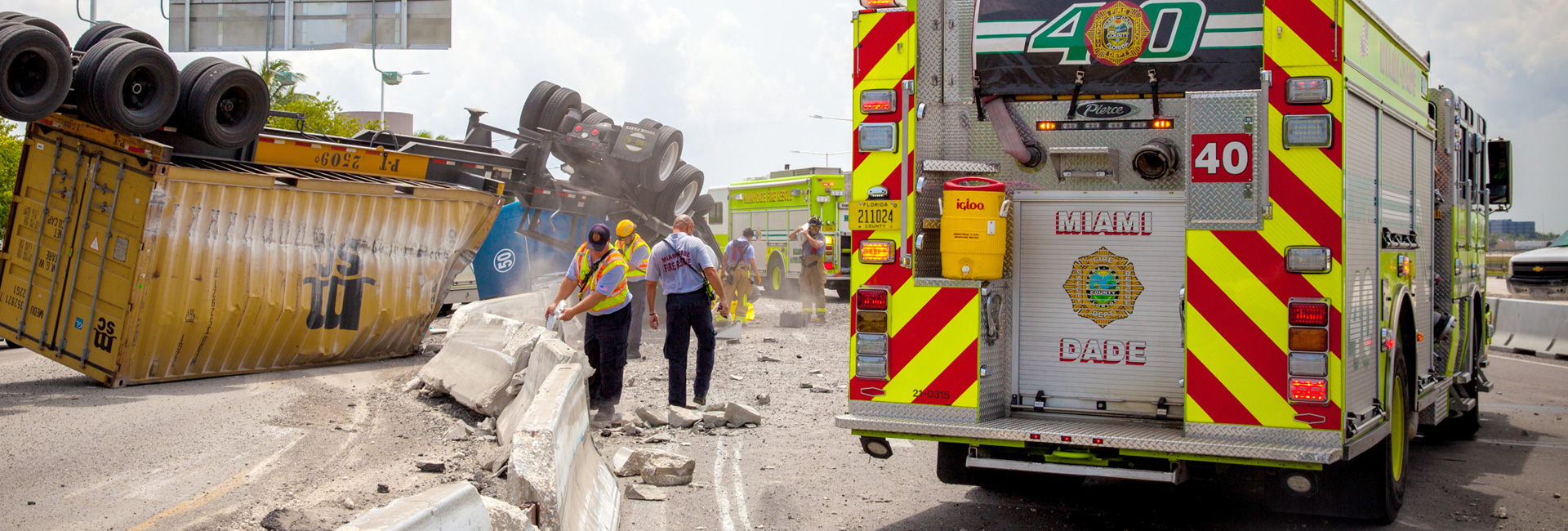Safety Tips: Cardiopulmonary resuscitation (CPR)
CPR stands for Cardiopulmonary Resuscitation and whether you prefer the three-letter term or the full word version, it means the same thing: a chance for survival.
According to the American Heart Association (AHA), every year in the United States, cardiovascular disease, and sudden cardiac arrest claim the lives of 335,000 Americans before they reach a hospital. The AHA also says:
- Almost 80 percent of cardiac arrests occur at home and are witnessed by a family member.
- Effective bystander CPR, provided immediately after cardiac arrest, can double a victim's chance of survival by maintaining vital blood flow to the heart and brain until more advanced care can be given.
- If bystander CPR is not provided, a sudden cardiac arrest victim’s chances of survival fall about 10 percent for every minute of delay until medical help arrives.
- Death from sudden cardiac arrest is not immediate or inevitable. If more people knew CPR, many more lives could be saved.
The fact is that CPR saves lives, but only if there is someone present who knows how to perform it properly. During respiratory or cardiac arrest, each and every second counts.
There are some people who should learn CPR, no matter what. Caretakers of children or the elderly have a responsibility to know how to react when faced with respiratory and cardiac emergencies. Even teenagers who babysit regularly should attend a Safe Sitter course that includes CPR.
All capable adults should take a CPR course at least once in their lifetime. There are several organizations that regularly offer CPR instruction at local community centers, hospitals, and schools for little or sometimes no cost.

Fire Rescue
Raied "Ray" Jadallah
R. David Paulison Fire Rescue Headquarters
9300 NW 41st Street,
Miami, FL 33178-2414
786-331-5000

